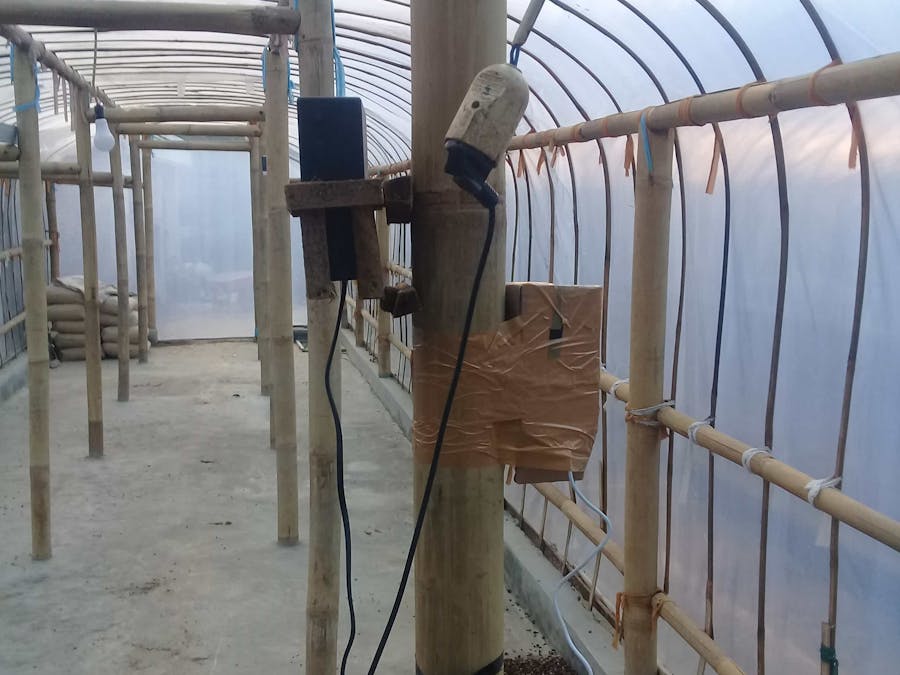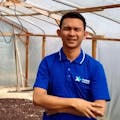Coffee is one of the world’s favorite beverages and a major source of caffeine. Also the second most sought-after commodity in the world, with an industry that is worth over $100 billion across the globe.Coffee industry is growing at CAGR (compound annual growth rate) of 5, 5 %. On average, 500 billion cups of coffee are consumed on earth every year.
Indonesia is the world’s fourth-largest coffee producer and exporter. Arabica coffee beans market is the promising market in future, especially when talking about specialty coffee. Low quality coffee benchmarked by C prices, while specialty coffee are vague but many argue it strongly linked to the sheer quality. Poor price caused by poor quality. Poor quality affected by many factors, one of the most important is processing. Coffee production consist of several phase.In general there are harvesting or picking, processing, and miling. Processing, if done perfectly, could be an important value added activity to improve coffee quality and so the price. Poor processing caused by traditional, trial and error practices. No up to date technology or data utilization. Processing has various types, each of which can be distinguished from one to another based on the stage and type of treatment. But in the end, all types of processes have the same important stage, which is the drying stage. Drying stage is usually done in greenhouse-alike (drying house) to optimize the process The drying process demands more attention and caution, as if the desired variables were not met, it could lead to a various degraded product.
ProblemTraditional, trial and error practices. No system of collecting and monitoring data for further utilization. The important variable that affect the drying stage are temperature and humidity of the drying house.
The quality of coffee beans at stake in the drying process is related to how long the coffee beans are dried. What is desired is a process of moisture reduction that is not extreme, with stable and consistent conditions.
SolutionCeri collects temperature, humidity, and light intensity inside and outside of the coffee drying house. Then the data could be the basis for further treatment and/or practices to improve coffee beans quality. With the IoT, this can be overcome by the process of monitoring and access data from sensor networks.
We try to implement the Internet of Things (IoT) technology able to monitor every day on drying coffee beans. The duration of monitoringcan be set as well as data the monitoring results are also directly connected and actually recorded on database. So we hope this IoT technology can update information of drying process of their coffee beans. What is the subject of discussion in this project is how applying sensor technology through IoT to monitor physical quantities affect the quality of coffee beans, what is the relationship between environmental condition inside green house and outside green house be modeled by statistical analysis, how it influences climate can affect the price and quality of coffee beans.
A network sensor system consisting of Arduino MKR GSM 1400 and Node-RED programmed in the Linux operating system (OS) on computers are used to collect air temperature data, air humidity, light intensity in green house. Data transmission sensor uses a communication protocol type Message Queuing Telemetry Transport (MQTT) to a gateway programmed using Node-RED.
By using the MQTT protocol, communication between the microcontroller and mobile apps or computers can be done wirelessly. Block diagram of data collection, consisting of 3 sensor pieces connected to the IoT-module microcontroller called network sensors, Node-RED, cloud, local database, visualization and computational modeling. Sensor data from the microcontroller is sent to the gateway. Then the data can be sent to the cloud and stored in the local database. Sensor data stored on the local database can be used for visualization process in real-time. To do computational modeling, sensor data can be accessed on local database.
1. Light Sensor (BH1750)
2. Air Humidity and Temperature Sensor (DHT22)
3. Arduino MKR GSM 1400
4. Step Down DC to DC Converter
5. Power Supply
Software1. Node-RED (gateway)
2. Visual Studio code
Our long term aim is to achieve sustainability goals by contributing in as tage of coffee supply chain.
As Monitoring ToolsCeri could provide reliable real-time data to the processor to monitor the drying stage of coffee beans. The goal is to improve the quality by reducing the risk of undesirable condition. The data could be used by the processor to plan and maintain necessary treatment to ensure the desired conditions are met.
Asmicro Climate Data Collector
Ceri could act as a data collector for a micro climate condition and prediction in the future. By combining the data from various location, the processed data could be use in wide variations of use, such as other plantation optimization and also risk and logistic calculation.




















Comments
Please log in or sign up to comment.